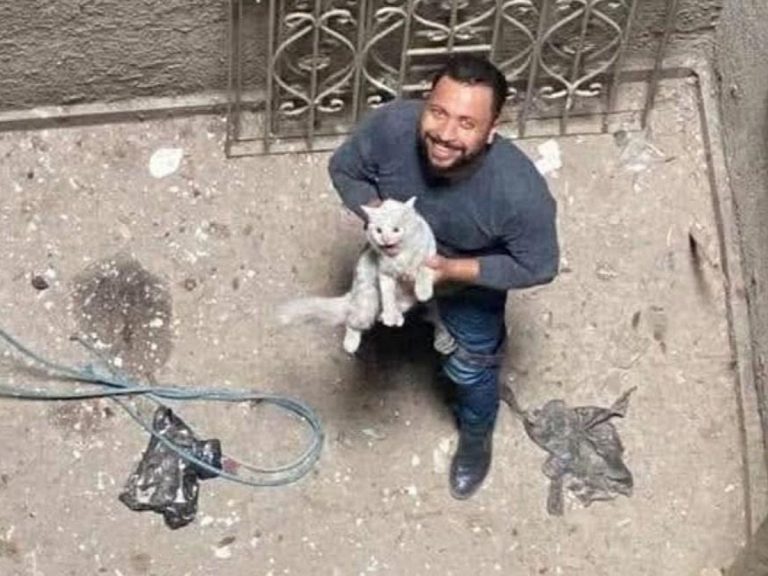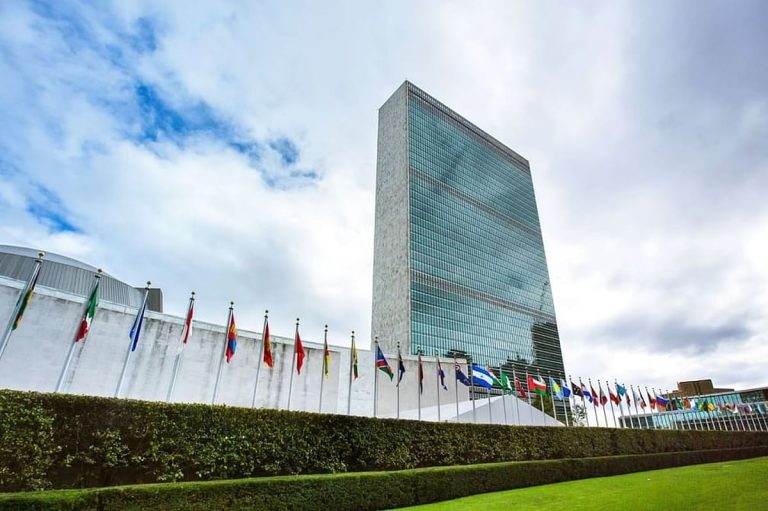Delhi’s Air Quality Crisis: Health Risks and Community Actio
As Delhi grapples with a severe smog crisis, the health implications for its residents are becoming increasingly alarming. The combination of stagnant air, post-Diwali pollution, and dropping temperatures has created a toxic atmosphere, leading to a surge in eye-related health issues. Medical professionals are sounding the alarm as the air quality deteriorates, warning that the effects extend beyond respiratory problems to include significant ocular distress.
Surge in Eye Problems
Recent reports indicate a staggering increase in eye ailments in Delhi, with ophthalmologists noting a 50% to 60% rise in cases this week alone. The All India Institute of Medical Sciences (AIIMS) and other hospitals are witnessing a dramatic uptick in patients complaining of symptoms such as dryness, burning sensations, and blurred vision. Prof. Sudarshan Khokhar, an ophthalmology expert at AIIMS, highlighted that both adults and children are experiencing these issues, which are exacerbated by the toxic air.
Dr. Rajesh Sinha, also from AIIMS, noted that outpatient visits for eye irritation have surged significantly. Many patients report feelings of grittiness and heaviness in their eyes, classic indicators of pollution-induced ocular allergies. The situation is particularly concerning for individuals with pre-existing conditions, as the persistent exposure to harmful pollutants can lead to severe corneal damage.
Health Risks Beyond the Eyes
The impact of Delhi’s air quality crisis extends to various bodily systems:
Respiratory System
The toxic air is known to cause asthma, chronic cough, and bronchitis, leading to long-term respiratory damage.
Cardiovascular Health
Exposure to low oxygen levels increases the risk of heart attacks and hypertension, posing significant threats to cardiovascular health.
Neurological Effects
Long-term exposure to air pollution has been linked to memory loss and reduced cognitive function, raising concerns about its effects on brain health.
Vulnerable Populations
Children are particularly at risk, as poor air quality can impair lung development and increase susceptibility to allergies. The elderly, with their weakened immune systems and chronic health issues, are also more vulnerable to the adverse effects of pollution.
Community Responses to Smog
In light of the worsening air quality, residents of Delhi are taking various measures to protect themselves:
Protective Gear
Many commuters are opting for N95 masks and protective eyewear to minimize exposure to harmful particles.
Indoor Air Quality
The demand for air purifiers has surged, with households investing in devices to improve indoor air quality. Some residents are even creating DIY filters using HEPA sheets and activated carbon cloths.
Eye Care Recommendations
Doctors are advising the use of lubricating eye drops and saline rinses to alleviate symptoms. Additionally, incorporating air-purifying plants such as money plants and peace lilies into homes can help improve air quality.
Adjusting Outdoor Activities
Fitness enthusiasts are shifting their workouts indoors or scheduling them for later in the evening when pollution levels may be lower. Schools are also responding by canceling morning assemblies and issuing mask advisories for students.
The Science Behind Eye Irritation
Tiny particulate matter, including PM2.5 and PM10, can settle on the surface of the eyes, damaging the tear film and leading to inflammation. Pollutants like nitrogen dioxide and sulfur dioxide react with moisture in the eyes, causing irritation and discomfort. Dr. Harbansh Lal, an ophthalmologist in Delhi, emphasized that the current situation is unprecedented, with a significant rise in complaints of itching, redness, and burning.
Dr. Randeep Guleria, former Director of AIIMS, described air pollution as a “silent killer,” emphasizing that its effects are not limited to respiratory issues but can impact the entire body. He pointed out that fine particulate matter can enter the bloodstream, affecting various organs and increasing the risk of serious health conditions.
Weather Conditions and Future Outlook
According to the India Meteorological Department (IMD), Delhi’s temperatures are expected to drop starting November 1, with no rainfall anticipated in the first week of the month. This weather pattern, characterized by clear skies and weak winds, is likely to trap pollutants close to the ground, worsening the already poor air quality. The Air Quality Index (AQI) is currently in the “very poor” category, and experts predict that the first week of November could bring some of the worst air conditions of the season.
In response, the Commission for Air Quality Management (CAQM) is preparing to implement the next phase of the Graded Response Action Plan (GRAP). This may include measures such as banning construction activities, restricting truck entry into Delhi, and enhancing dust control efforts.
Health Recommendations
Health experts are urging residents, particularly vulnerable groups such as children, the elderly, and those with pre-existing respiratory or eye conditions, to remain indoors during peak pollution hours. When venturing outside, wearing N95 masks is strongly recommended to reduce exposure to harmful pollutants.
FAQs
What are the main health effects of Delhi’s air pollution?
Delhi’s air pollution primarily affects the respiratory system, leading to conditions like asthma and bronchitis, but it also poses risks to cardiovascular health, brain function, and can cause significant eye irritation.
How can residents protect their eyes during high pollution days?
Residents can protect their eyes by using lubricating eye drops, wearing protective eyewear outdoors, and minimizing exposure to polluted air whenever possible.
What measures is the government taking to address air quality issues?
The government is implementing the Graded Response Action Plan, which includes restrictions on construction, enhanced dust control measures, and public advisories to limit outdoor activities during peak pollution times.
Conclusion
The air quality crisis in Delhi is a pressing public health issue that requires immediate attention and action. As residents adapt to the worsening conditions, it is crucial to prioritize health and safety measures. Continued monitoring of air quality and proactive community responses will be essential in mitigating the impacts of this environmental challenge.
Also Read:
Dubai Fitness Challenge Offers Free Activities for All
Gym’s Weight Loss Challenge Sparks Health Concerns
Dubai Fitness Challenge 2025: Join a Month of Free Activitie







